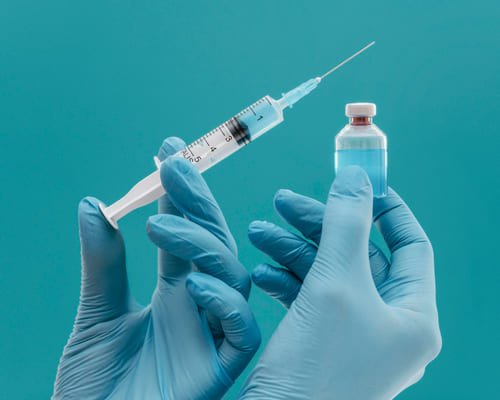Scientific Evidence for P-Shot

Platelet-Rich Plasma (PRP) Improves Erectile Function: A Double-Blind, Randomized, Placebo-Controlled Clinical Trial
Animal studies postulate that platelet-rich plasma (PRP) injections improve key elements of the pathophysiologic mechanisms leading to erectile dysfunction (ED)….

Novel Treatments of Erectile Dysfunction: Review of the Current Literature
Although available treatments for erectile dysfunction (ED) have expanded, there has been a concomitant shift in the treatment paradigm Newer treatment options focus on disease…

Erectile response profiles of men using PDE5 inhibitors combined with intracavernosal injections as part of a penile rehabilitation program after radical prostatectomy
Phosphodiesterase type 5 (PDE5) inhibitor labeling states that these agents should not be used in conjunction with other erectogenic medications for fear of priapism occurring…

Peyronie Disease
Peyronie disease is a benign disorder causing pain and curvature of the penis during erections. This disease is a disorder of wound healing, scarring, and plaque formation of the penile tunica…

Unconsummated marriage: a systematic review of etiological factors and clinical management
Unconsummated marriage (UCM) is the inability of the heterosexual married couple to have penovaginal sexual intercourse…

Vasculogenic erectile dysfunction: newer therapeutic strategies
Despite recent advances in therapy, reversal of vasculogenic erectile dysfunction (ED) is rarely possible. A review of vasculogenic ED may further our understanding of the underlying…

Safety and feasibility of platelet rich fibrin matrix injections for treatment of common urologic conditions
Autologous platelet rich plasma (PRP) is used increasingly in a variety of settings. PRP injections have been used for decades to improve angiogenesis and wound healing…

Stem-cell therapy for erectile dysfunction
Stem cell-based therapies have been recently investigated in the field of organic erectile dysfunctions, such as those associated with diabetes or the treatment of prostate cancer…

Erectile Dysfunction Treatment Using Stem Cells: A Review
Erectile dysfunction (ED) is a disorder that affects the quality of life and the sexual relations of more than half of the male population aged over 40 years. The prediction regarding…

Reviewing the evidence for shockwave- and cell-based regenerative therapies in the treatment of erectile dysfunction
Erectile dysfunction (ED) is both a common and complex disease process. Existing ED treatments do not always achieve adequate results. There is clinical interest in employing regenerative…
Our Mission : Personalized Care and Effective Solutions
- 48 Wimpole Street, Marylebone, London W1G 8SF, UK
- info@drsnaclinic.com
- +44 7955836986
- +44 2038467111




